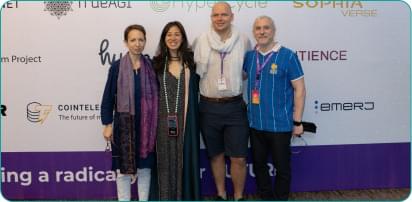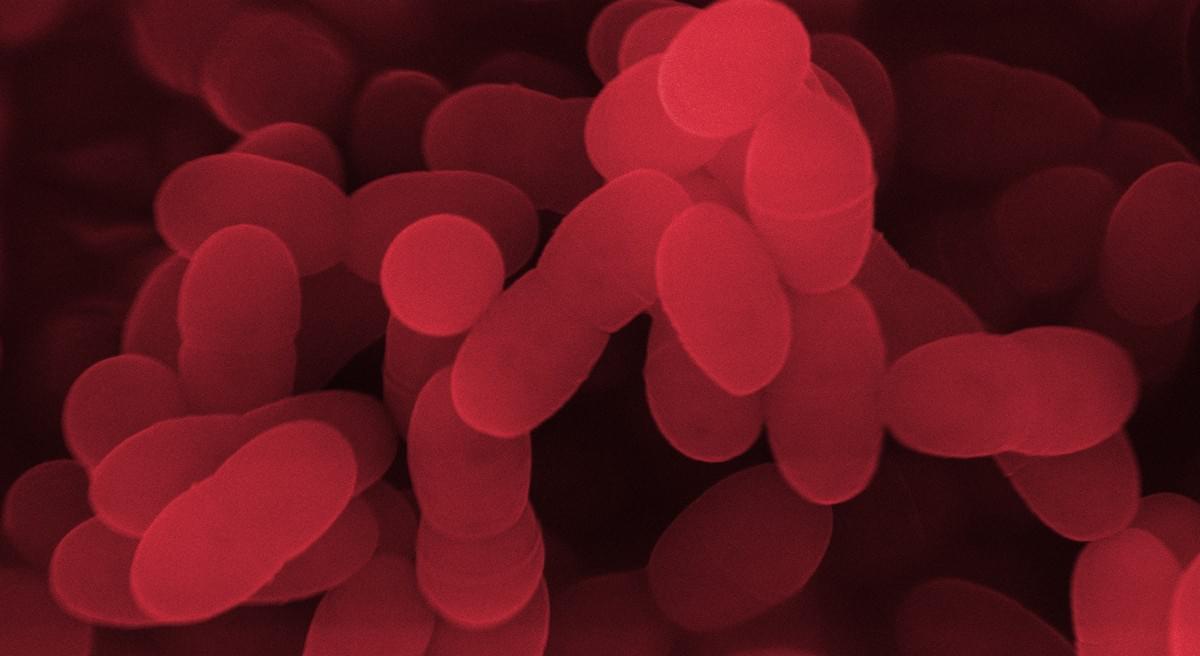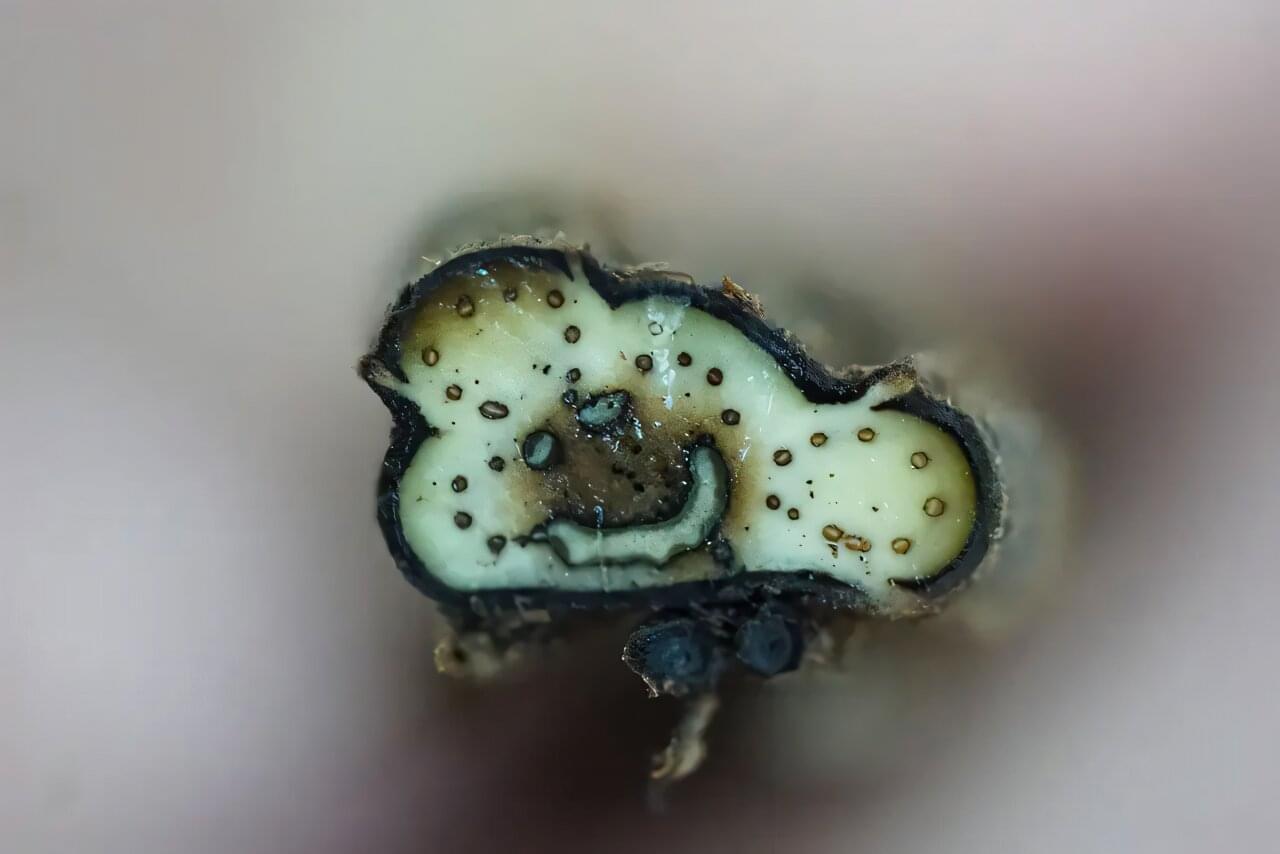Following the incredible success of last year—with over 1,100 participants (in person and online) from 22 countries, visionary speakers, and transformative discussions—the BGI Summit 2025 promises to be even more impactful.



Kirin has now worked LC-Plasma into a range of non-beer products including yoghurt beverages, green tea and other drinks. In 2020, these became the first ‘functional’ food or beverages in Japan to be allowed to be marketed as containing potentially immune-boosting ingredients.
“A food or beverage that might help improve immune function had been highly sought after in Japan for almost 30 years. But none succeeded in spite of much effort and expense,” Fujiwara says. “We conducted lots of studies and finally succeeded in meeting government requirements in 2020.”
Researchers at Kirin and NIID/JIHS have also been exploring in laboratory and animal studies the effects of LC-Plasma against various infectious diseases, including influenza, dengue fever, SARS-CoV-2 and common colds.

Machine Learning Systems provides a systematic framework for understanding and engineering machine learning (ML) systems. This textbook bridges the gap between theoretical foundations and practical engineering, emphasizing the systems perspective required to build effective AI solutions. Unlike resources that focus primarily on algorithms and model architectures, this book highlights the broader context in which ML systems operate, including data engineering, model optimization, hardware-aware training, and inference acceleration. Readers will develop the ability to reason about ML system architectures and apply enduring engineering principles for building flexible, efficient, and robust machine learning systems.

Strategic Investments To Improve Patients’ Lives — Joel Krikston — Managing Director Venture Investments, [#Merck](https://www.facebook.com/watch/hashtag/merck?__eep__=6%2F&__cft__[0]=AZWHa0kseUKzVNcB3y0qk8cwqKXrjPP9UHHhebflI6mZJnviQw17L_42P2gl-qGy_e2nvTkuEHEy3wU-ru0SkJ7BqaUNULXHPS8QJnyFad71Ur_o9bODPNd_7Qk9jcnY_ftbVN0gZHTGyveR05k3WGcA8J2Vm_cyhkoo0w0kkbPi0qgSkNThFHMOi_ERtUgFhJqdO4otO9uKSoxgc4Joq0xf&__tn__=*NK-R) Global Health Innovation Fund / Co-Founder, [#MSD](https://www.facebook.com/watch/hashtag/msd?__eep__=6%2F&__cft__[0]=AZWHa0kseUKzVNcB3y0qk8cwqKXrjPP9UHHhebflI6mZJnviQw17L_42P2gl-qGy_e2nvTkuEHEy3wU-ru0SkJ7BqaUNULXHPS8QJnyFad71Ur_o9bODPNd_7Qk9jcnY_ftbVN0gZHTGyveR05k3WGcA8J2Vm_cyhkoo0w0kkbPi0qgSkNThFHMOi_ERtUgFhJqdO4otO9uKSoxgc4Joq0xf&__tn__=*NK-R) Idea Studios, joins me on Progress, Potential, And Possibilities.
Merck | 22K people are posting about this.

The small blood vessels in the eye could reveal important clues about a person’s risk of heart disease and the rate at which they are biologically aging, according to scientists from McMaster University and the Population Health Research Institute (PHRI) – a joint institute of Hamilton Health Sciences and McMaster.
Published in the journal Science Advances, the research suggests that retinal scans may eventually become a simple, non-invasive way to assess the body’s vascular health and aging process. This approach could pave the way for earlier detection of health issues and more effective preventive care.
“By connecting retinal scans, genetics, and blood biomarkers, we have uncovered molecular pathways that help explain how aging affects the vascular system,” says Marie Pigeyre, senior author of the study and associate professor with McMaster’s Department of Medicine.

Hyundai Engineering & Construction (Hyundai E&C) has taken a major step in expanding its global nuclear energy footprint.
On October 26, the company announced that it signed a basic design contract with Fermi America, a U.S.-based energy development firm, for the construction of four large nuclear reactors in Texas. The project will form part of what is expected to be the world’s largest integrated energy and artificial intelligence (AI) campus.

Pegatron officials will start construction on the Georgetown facility before the end of the year, the news release states. The company will invest a minimum of $35 million in capital in the city, and will hire at least 100 employees within the first three years of opening.
“The jobs and investment this corporation is bringing to Georgetown mark a milestone in our community’s economic growth,” Georgetown Mayor Josh Schroeder said in the news release. “Their decision to put down roots here will have a lasting, positive impact on our community and the broader region for generations.”



Research by Assistant Professor Jacob S. Suissa at the University of Tennessee, Knoxville, is revealing complexity in how ferns have evolved. Instead of the vascular structure inside fern stems changing as a direct adaptation to the environment, he discovered that shifts in vascular bundle arrangement in the stem are developmentally covaried with leaf placement on the stem.
“As leaf number increases, we see a direct 1:1 increase in vascular bundle number, and as the placement of leaves along the stem changes, we also see a shift in the arrangement of vascular bundles in the stem,” said Suissa, a member of UT’s Department of Ecology and Evolutionary Biology.
For 150 years, researchers have focused on how vascular bundles adapt to the environment. Suissa’s new research, published in Current Biology, suggests leaves are steering the evolution of vascular patterns inside the stem.